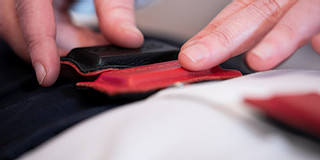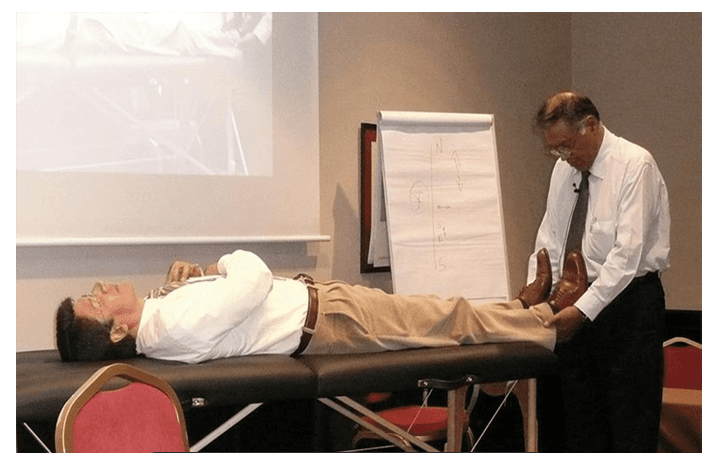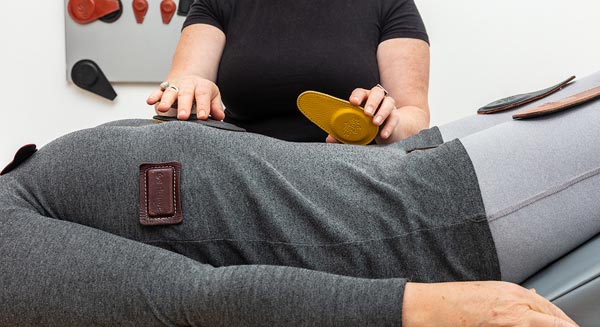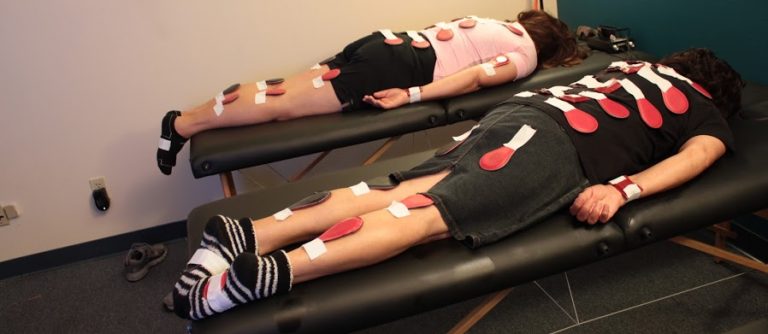The must-haves for confidence, consistency, and client success
Whether you’re brand new to Biomagnetic Pair Therapy (BMP) or you’re starting to offer sessions to friends, family, or paying clients, there are a few essential tools and resources every practitioner needs. These aren’t just nice to have—they’ll help you work smarter, stay safe, and build trust with the people you serve. Let’s break down the 5 things every BMP therapist should have in their toolkit (besides magnets).
1. Reliable Set of Magnets
This one’s obvious—but let’s be clear:
You need magnets with clearly marked polarity (N and S), consistent strength, and a comfortable shape for body placement.
Look for:
Red (south / +) and black (north / –) color coding or written labels
Medium strength: 1,000–3,500 gauss
Durable coating (ceramic, leather, or rubber-wrapped)
Enough pairs to cover full protocols (at least 4–6 pairs)
If you’re unsure where to start, visit our Tools or our Resources page for trusted kits and beginner-friendly picks.
💡 Bonus Tip: Use a polarity tester or compass to verify your magnet polarity before each use.
2. Printed or Digital Biomagnetic Pair Chart
Even if you’re trained and experienced, it’s impossible to memorize every biomagnetic pair.
That’s why a detailed reference chart or therapy manual is a must.
Your chart should include:
Common pathogen-related pairs
Emergency grounding or balancing pairs
Clear anatomical guidance
You can print your own, laminate it, or keep it on a tablet during sessions.
3. Kinesiology Tape or Magnetic Straps
While performing a session the magnets will need to stay in place—especially if your client is moving, fidgety, or lying on their side.
Medical-grade kinesiology tape is affordable, breathable, and safe for skin contact. You can also use:
Elastic wraps
Velcro bands
Magnetic belts (for large body zones like back or abdomen)
Tape makes sessions cleaner, easier, and more comfortable for both you and your client.
Pro Tip: Always test for skin sensitivity before taping. Some clients prefer fabric-based options.
 4. Client Intake & Session Tracking Sheets
4. Client Intake & Session Tracking Sheets
If you’re offering therapy—even casually—you need to document your work.
A good session log or intake form should include:
Client info and contact
Primary symptoms or concerns
Magnet pairs used
Session notes and feedback
Progress tracking over time
This not only protects you legally—it helps improve outcomes by tracking what works.
5. A Clean, Grounded Therapy Space
You don’t need a fancy clinic, but you do need a space that feels safe, clean, and focused.
Whether you’re working at home or visiting clients, aim for:
A comfortable table or mat for the client to lie on
Soft lighting and minimal noise
Clean tools and linens between sessions
Calming visuals, educational posters or grounding music (optional)
Your energy matters. The more grounded, present, and organized your space is, the more effective your session will feel.
Bonus: A Personal Magnet Journal or Practice Log
As a practitioner, tracking your own progress and magnet use is just as valuable.
Use a personal journal to:
Log your own magnet protocols
Note patterns in your energy and symptoms
Reflect on what techniques or pairs helped most
Practice consistency and self-care
Conclusion
Biomagnetic therapy is powerful, but it’s even more effective when you have the right tools and systems in place. These five essentials will set you up for consistent, confident work—whether you’re supporting yourself, your pets, or your growing client base.
Visit our Tools & Resources page for biomagnetic pair therapy tools and product suggestions.
Disclosure: This post may contain affiliate links, meaning I get a commission if you decide to make a purchase through my links, at no cost to you.




